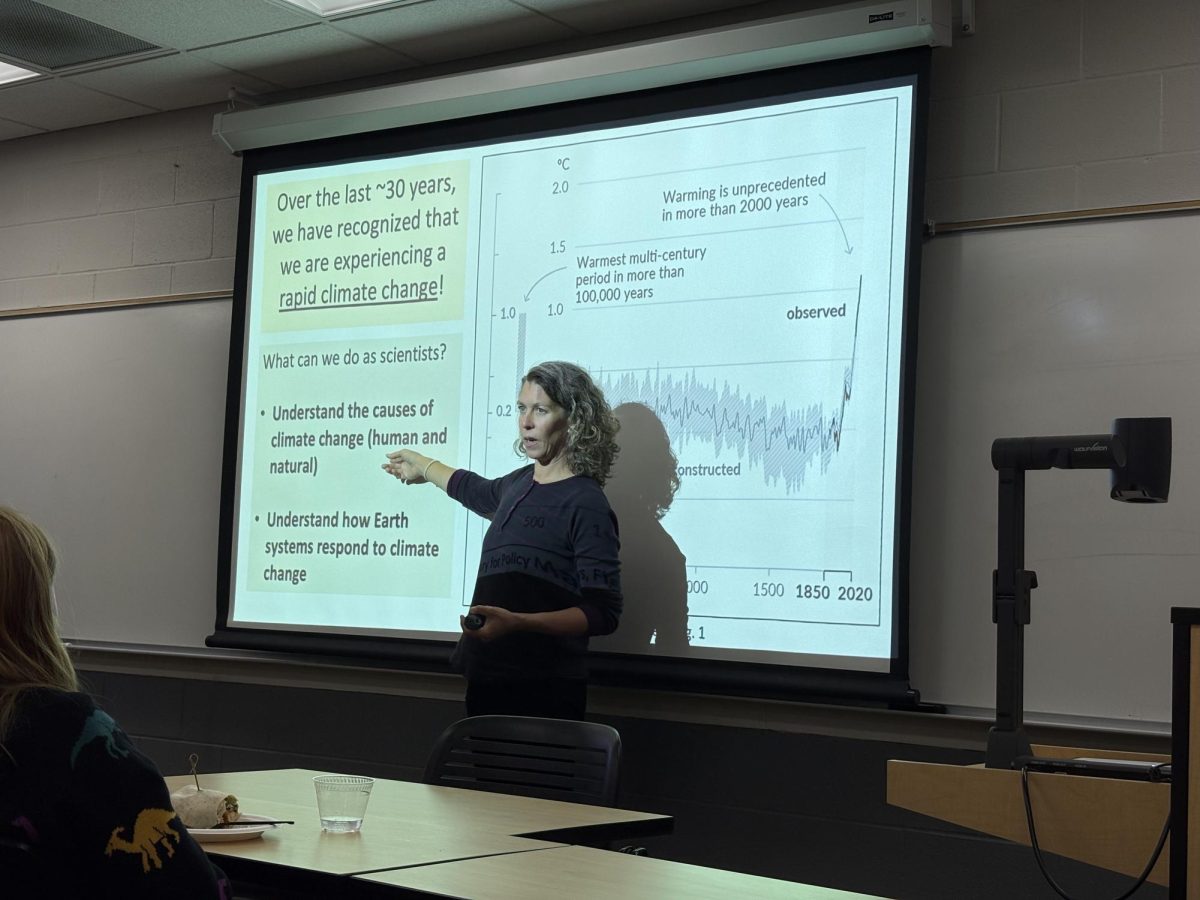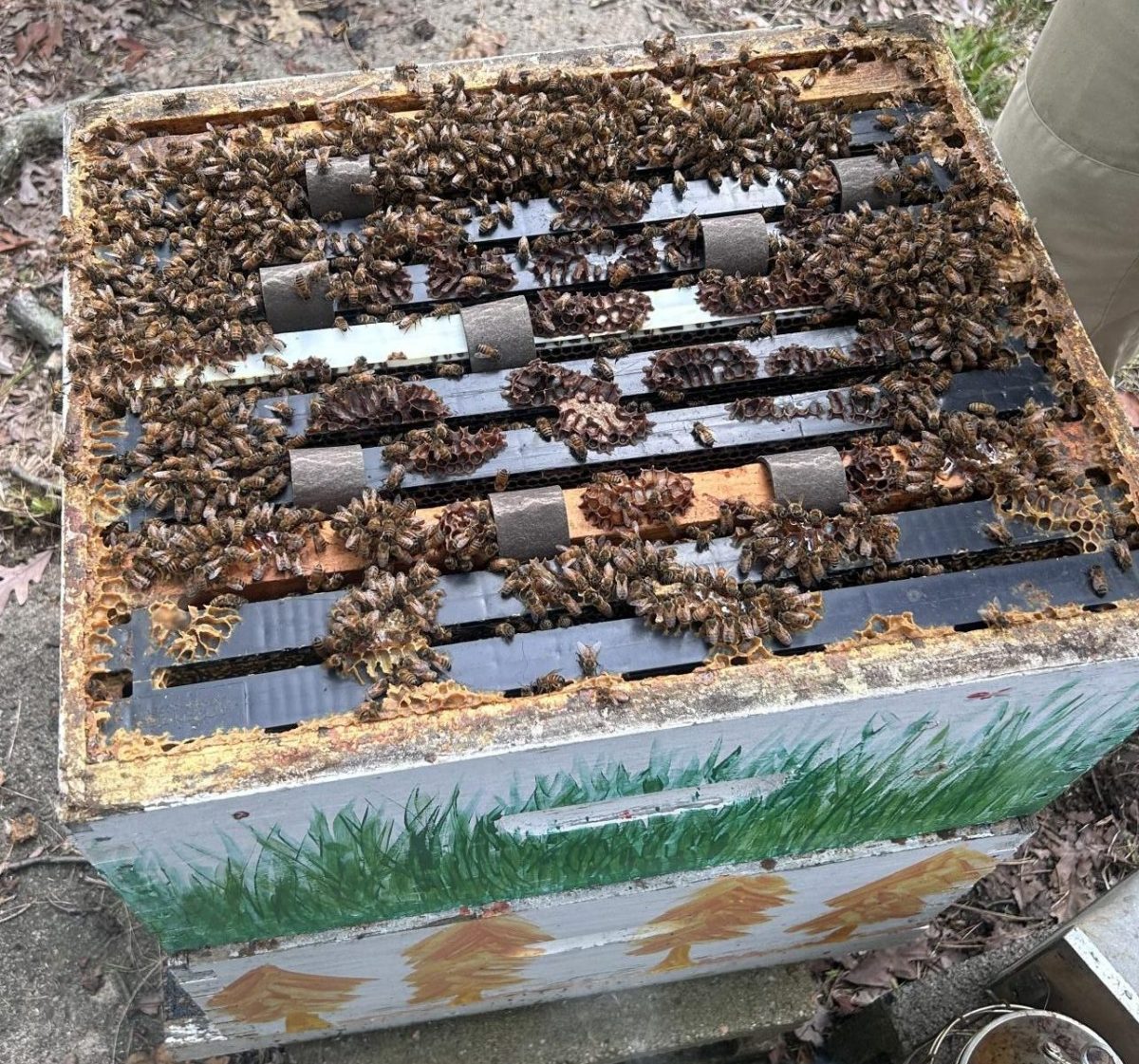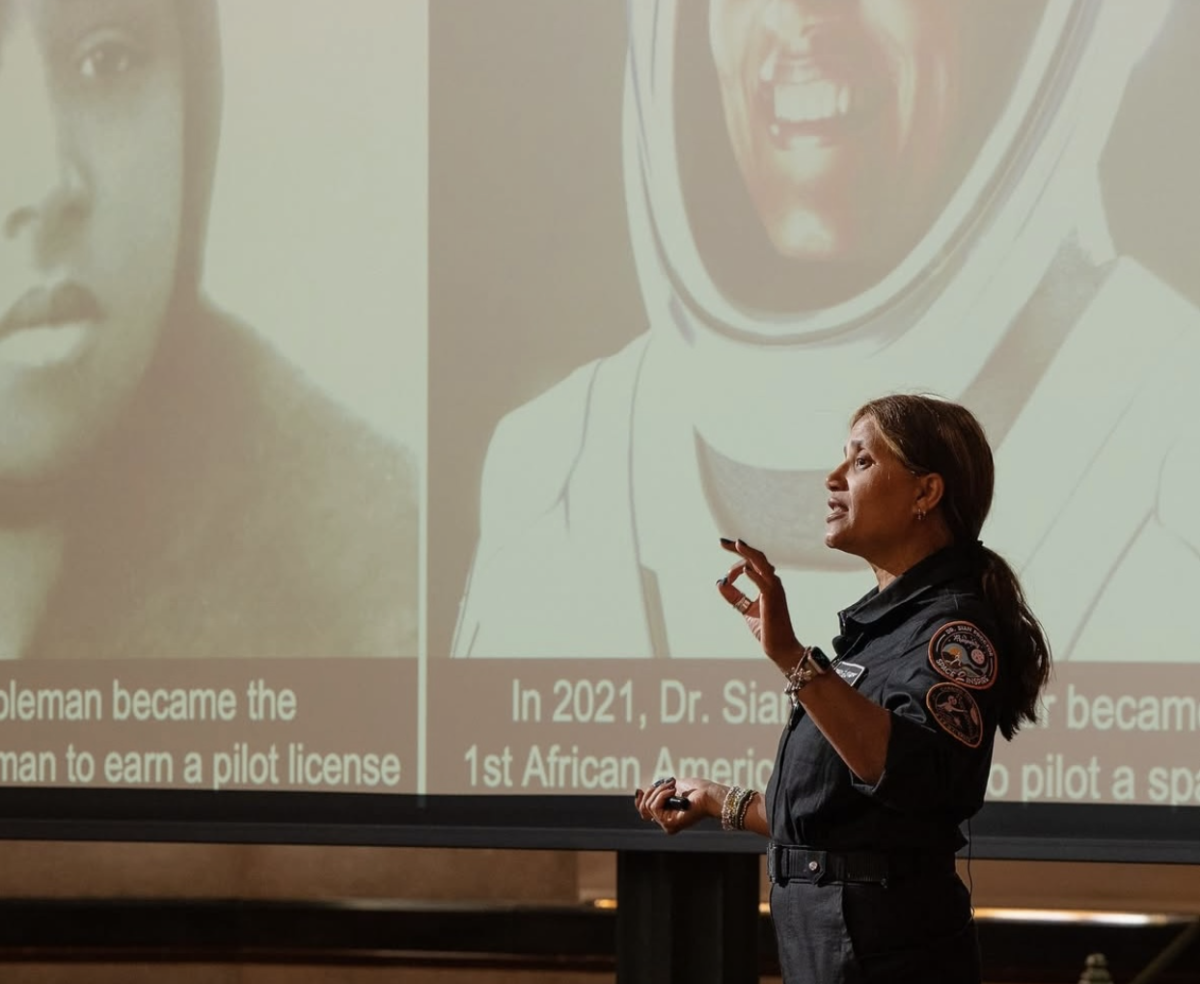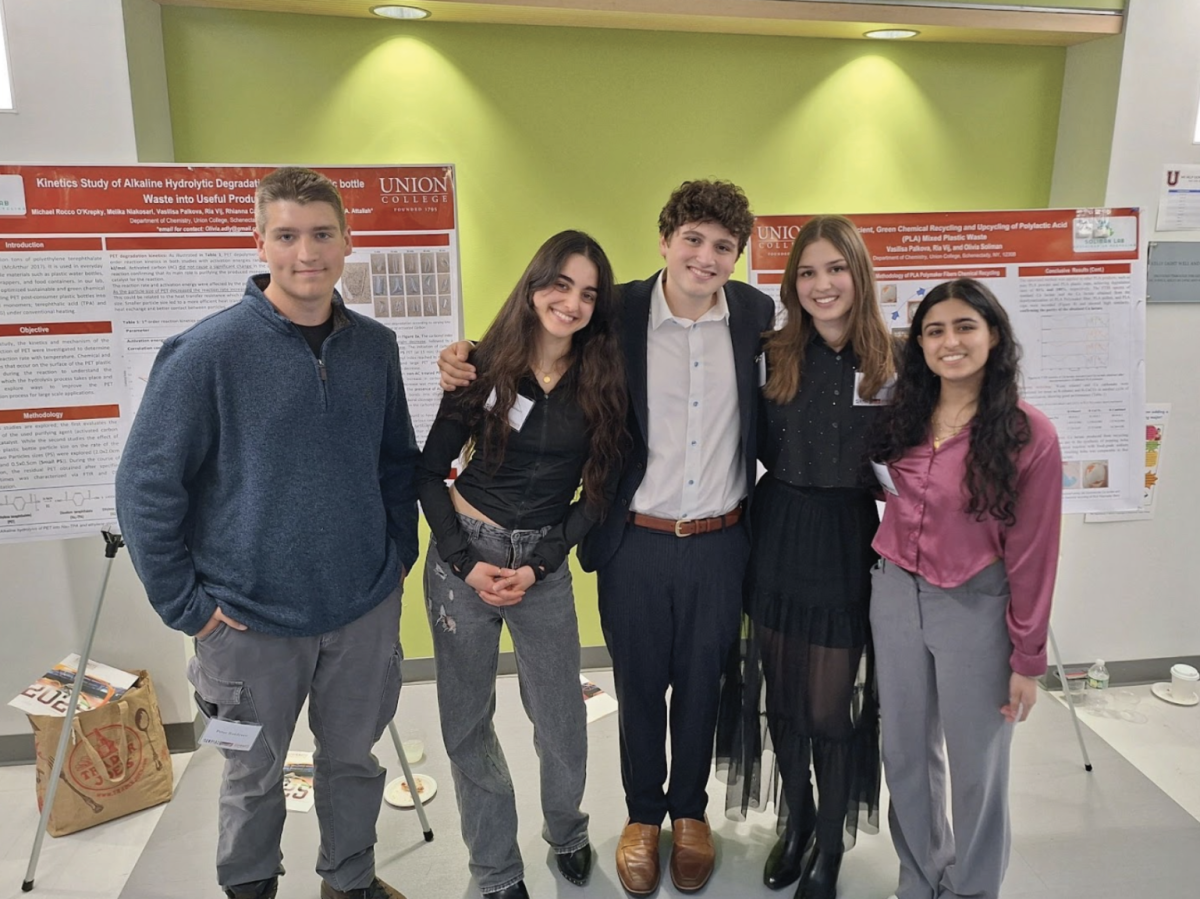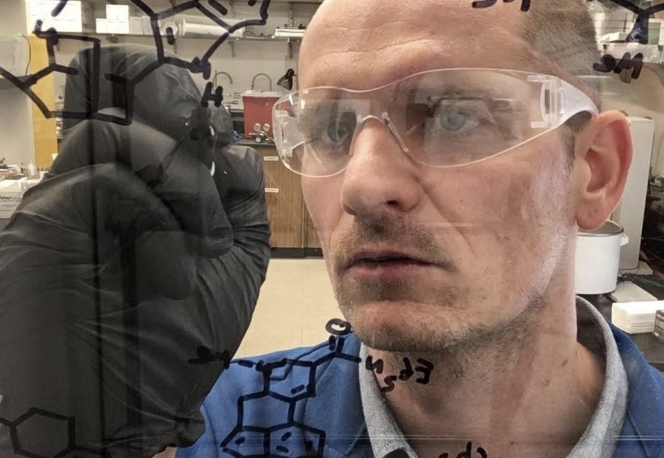Many new chemotherapeutics, also called anti-cancer drugs, are more effective in cell cultures in the lab than they are in actual patients.
Alexander Muir and Matthew Vanderheiden have analyzed papers indicating that nutrient levels in the tumor environment are responsible for these discrepancies.
Precise chemotherapeutics have already been designed to target cells with specific mutations, or even certain epigenetic changes that influence gene expression.
In addition, cancer cells have major changes in their metabolic pathways, and these differences are the basis for a new group of anti-cancer drugs.
Adam Wolpaw and Chi Dang published a recent paper in Trends in Cell Biology explaining that cancer cells, in addition to dividing rapidly, can use different metabolic pathways than non-cancerous cells.
Cancerous tissues undergo genetic changes that promote frequent cell division and lead to greater size and mass of the tissue.
In order to divide so rapidly, the cancer must continually intake much higher amounts of nutrients than normal tissues.
Many medications that target these changes have been successful in the lab.
However, they have been less successful in animal models and human patients.
According to Muir and Vanderheiden, the current metabolism- based therapies assume that genetic information and epigenetic regulation totally determine what metabolic pathways cells will utilize.
These scientists from MIT and the Dana Farber Cancer Institute, a cancer research center in Boston, MA, have summarized new research that is challenging the dogma of constancy and suggesting that the microenvironment shapes what pathways tumors rely on.
The tumor microenvironment is defined as the diverse noncancerous cells that surround and nourish malignant cells within a tumor.
The cells of the microenvironment determine what nutrients are available for the cancer cells to intake to synthesize new compounds and ultimately grow.
Wolpaw and Dang state, “The complex interplay between stromal (connective) elements, immune cells and blood vessels can dramatically impact the response to therapy and the development of resistance.”
These physiological differences are part of the microenvironment and are recognized as an increasingly important area of study.
As mentioned before, many chemotherapeutics are first studied in cultured cells.
Cell culture provides researchers with an opportunity to study drugs in a controlled environment without the expense or risk of using human subjects.
However, in these artificial conditions, the cancer cells can be exposed to drastically different physical conditions.
Muir and Vanderheiden explain that, during cell culture, cells are exposed to levels of oxygen that would never be found in the body.
Nutrients levels can vary drastically as well. For example, the amino acid glutamine produced by cancer cells in the body, while cells in culture actually break glutamine down.
This is one instance of the many changes of metabolic pathways and outcomes that are observed in cancer cells.
The microenvironment can vary based on the time of day, the location of cells within the tumor and even diet.
To better understand these factors, it will be necessary to better understand these fluctuations and even try to mimic them while culturing cells.
Better understanding the microenvironments of cancers within the body will be crucial to studying them more thoroughly and accurately through cell culture.
Once researchers understand the conditions that specific tumor cells are growing in, it will be possible to predict the effectiveness of new medications more accurately.
As the medical community works to become more efficient, these innovations may prove invaluable in developing pharmaceuticals more rapidly and with lower costs, which will ultimately benefit patients.


